SUMMARY
This is AI generated summarization, which may have errors. For context, always refer to the full article.

GENERAL SANTOS, Philippines – The shadow of filariasis has fallen once again on South Cotabato following the confirmation of a case in Koronadal.
Six years ago, the province was declared free of the disease, but now, public health workers are fighting to prevent an outbreak from taking hold in the Soccsksargen region, as the specter of this debilitating and disfiguring disease looms once again.
The province had been declared filariasis-free by the Department of Health (DOH) in November 2017, after a near-zero prevalence of the disease was recorded over a five-year period.
Jose Baroquillo, coordinator for mosquito-borne diseases of South Cotabato’s Integrated Provincial Health Office, confirmed that one out of 38 people tested in Sitio El Nalam, Barangay Assumption, Koronadal City, was found positive for filariasis on January 21.
The infected person has been isolated and the infection is still at an early stage, which means it is still curable.
To prevent the spread of the disease, health workers have launched a mass blood-testing program and will spray-fog houses in the affected area.
Councilor Ester Catorce, who initiated the health outreach program, said the team will also inform residents about the disease and how to prevent its spread.
In 2021, 33 cases of filariasis were detected in the villages of Maan and Mongocayo in T’boli town, but were immediately treated.
Baroquillo, however, said the detected cases since 2021 did not affect the province’s filariasis-free status, and its prevalence rate has remained below 1% of the population.
He also said those who tested positive for the disease, including the recent case, did not show symptoms.
Filariasis, also known as elephantiasis, is caused by parasitic worms Wuchereria bancrofti, Brugia malayi or B. timori, which are transmitted to humans by infected mosquitoes.
The worms develop into adult worms in the lymphatic vessels, causing severe damage and swelling. The disease can lead to permanent disability or disfigurement, and is treated with preventive chemotherapy.
While one case of filariasis may not necessarily indicate a widespread outbreak, health workers normally investigate and determine if there are other cases, or if the individual may have acquired the infection in a community or area where transmission is ongoing.
Such measures help determine if public health interventions such as vector control, treatment, and education are needed to prevent further transmission. – Rappler.com
Add a comment
How does this make you feel?

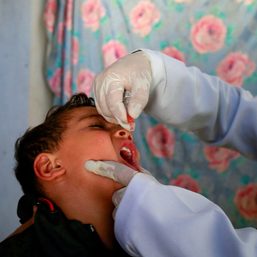
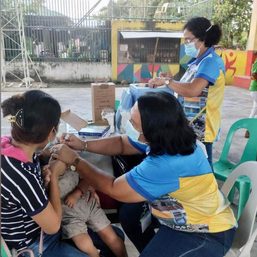


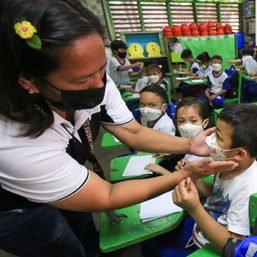




![[Free to Disagree] Sabwatan ng mga doktor at drug companies](https://www.rappler.com/tachyon/2024/04/tl-sabwatan-doktor-drug-companies-April-22-2024.jpg?resize=257%2C257&crop=292px%2C0px%2C720px%2C720px)


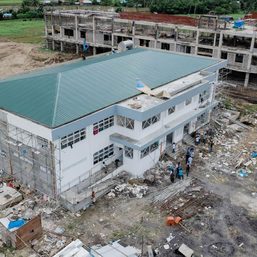





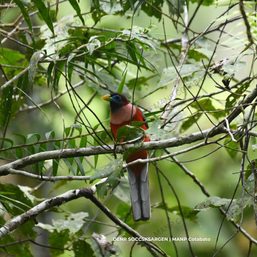
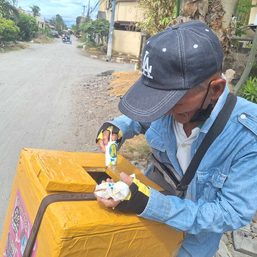

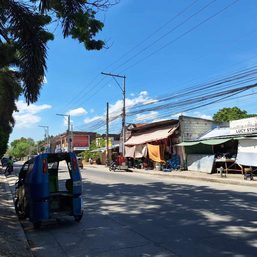

There are no comments yet. Add your comment to start the conversation.